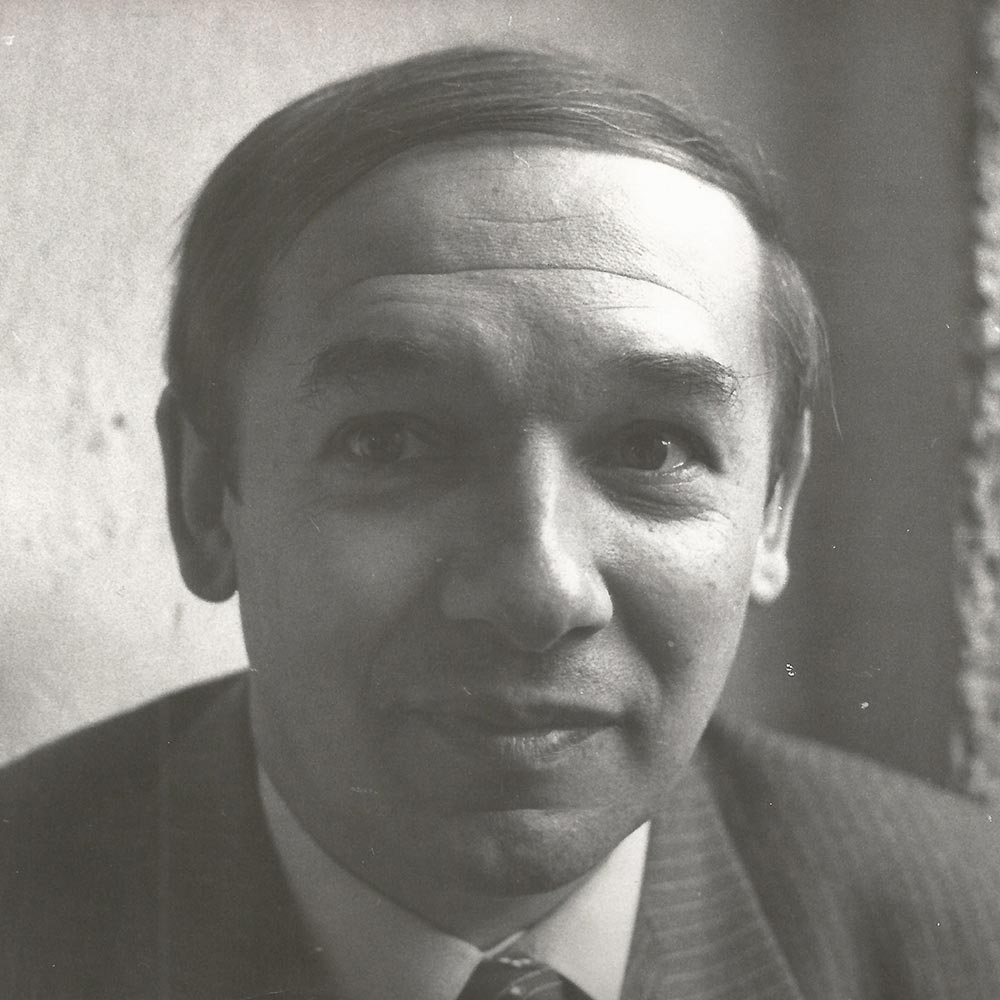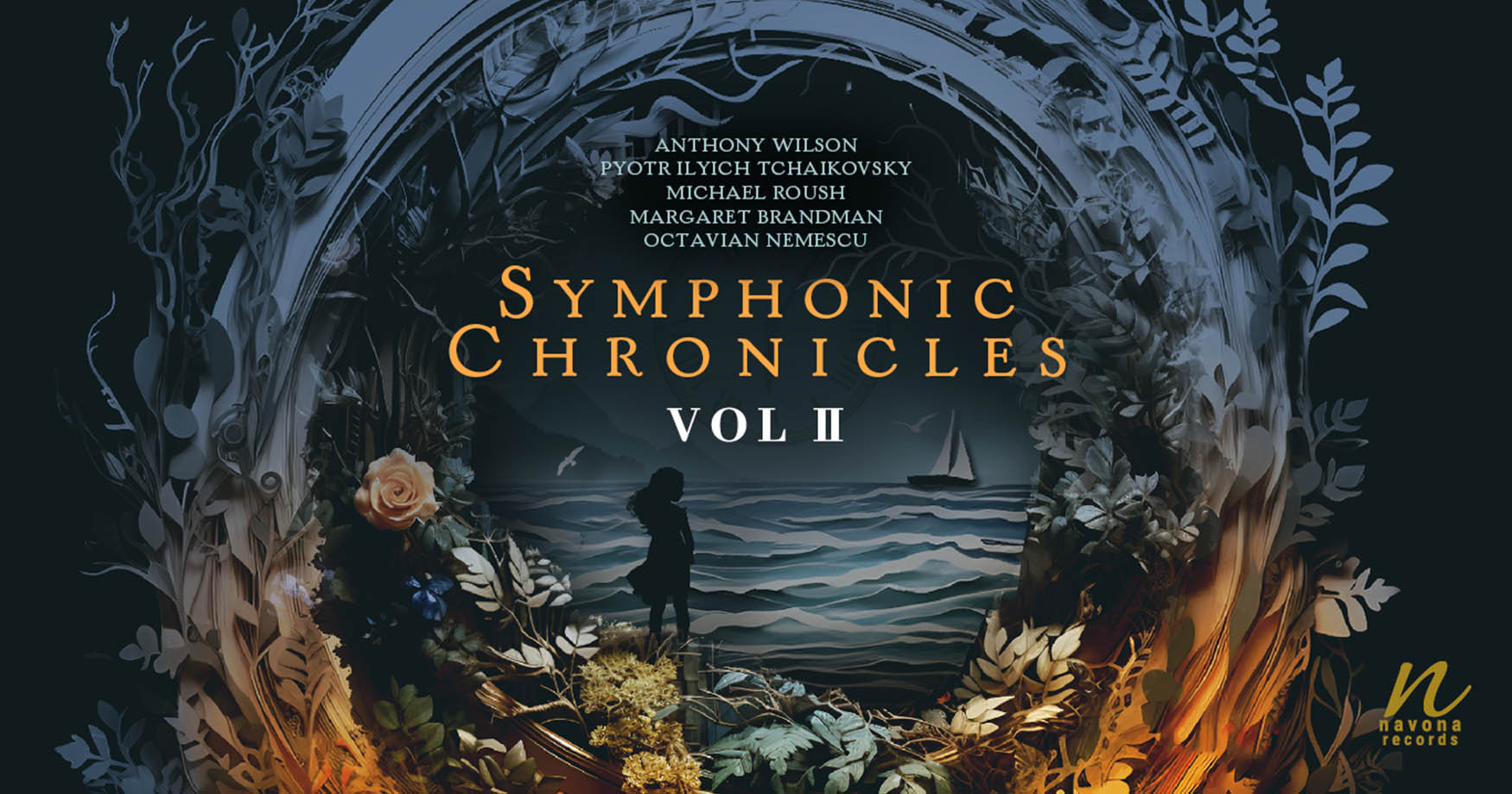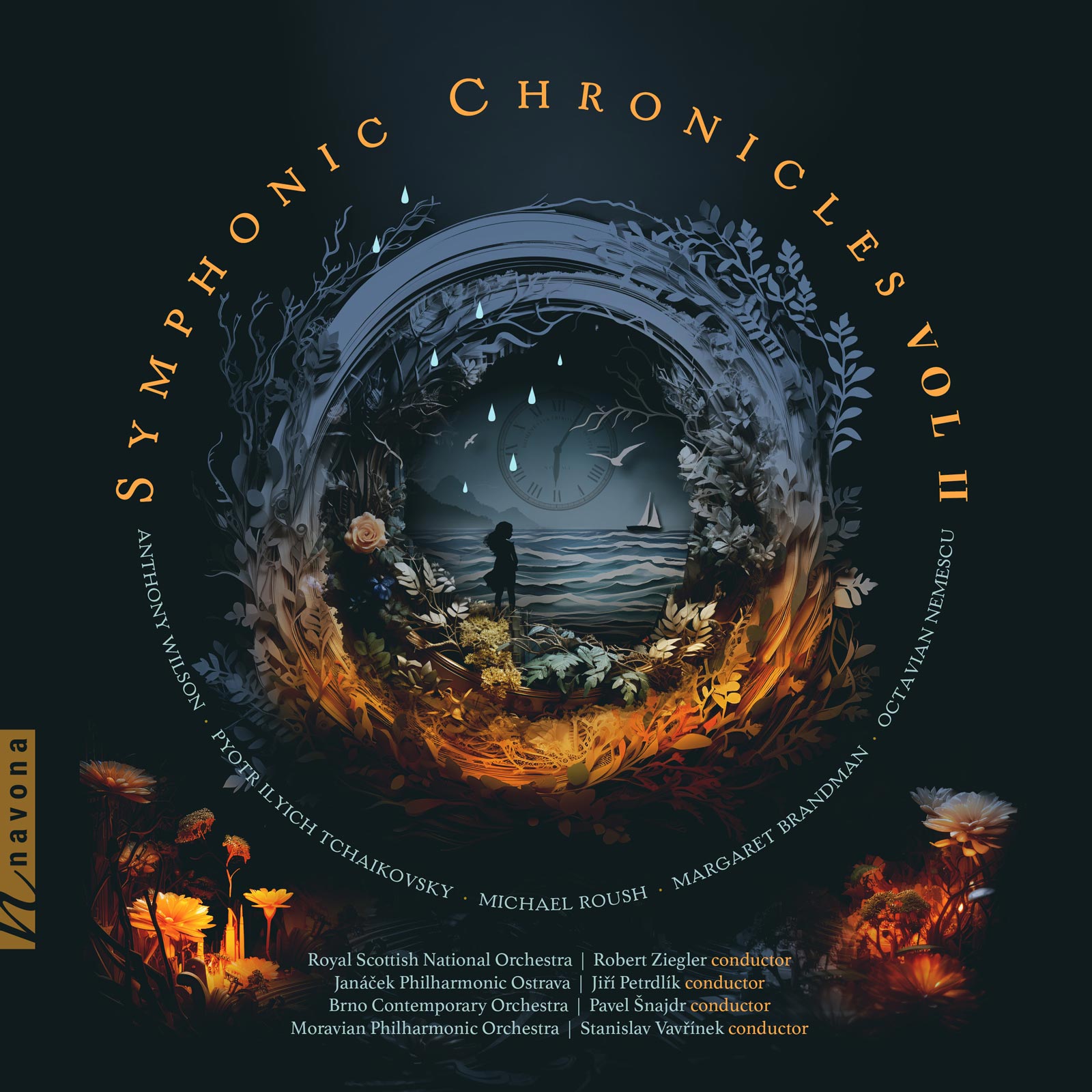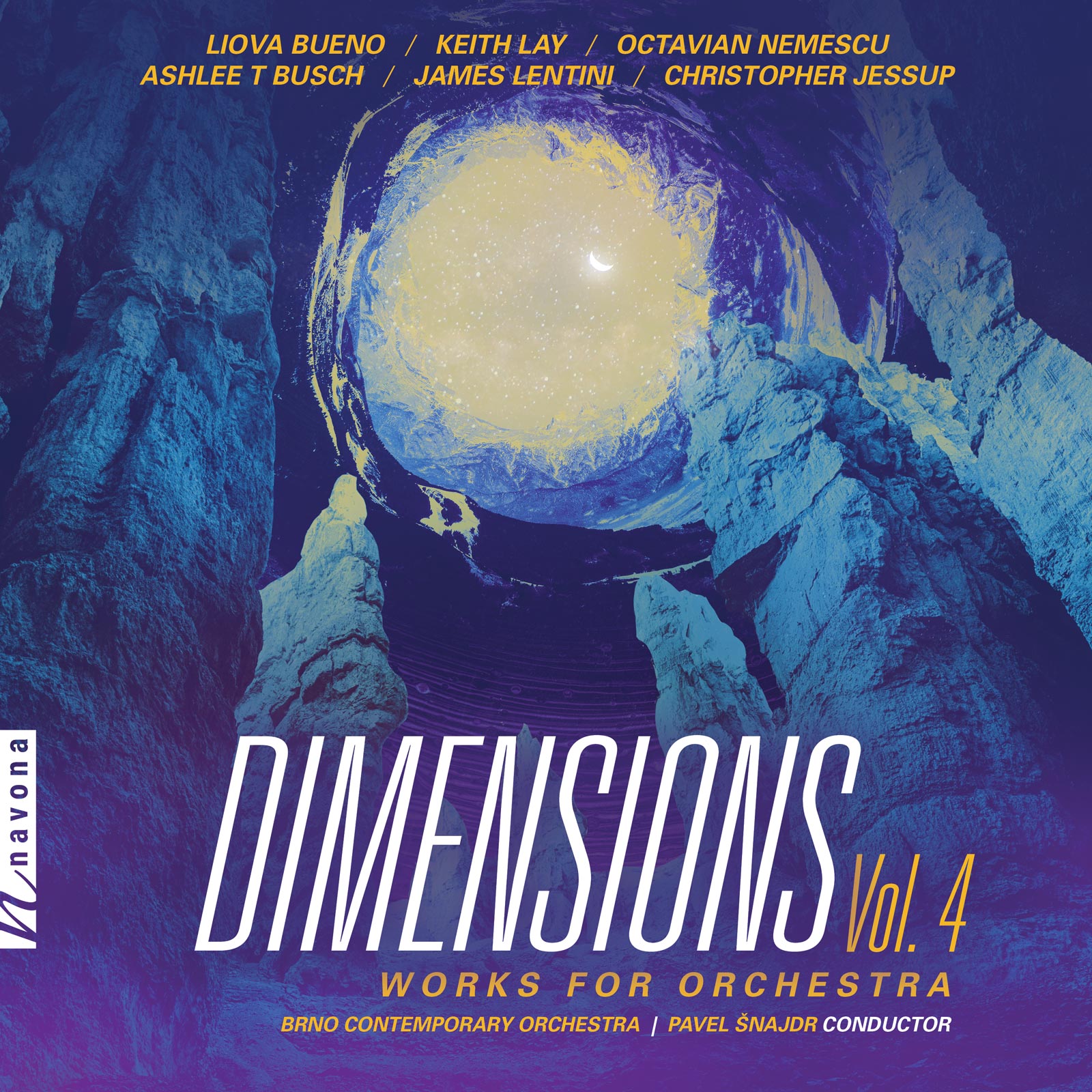
photo: Szilagyi Zoltan
Octavian Nemescu (1940-2020) was born in Pascani (Romania). He studied composition with Mihail Jora at the Conservatory of Music in Bucharest, obtained the Ph.D. in Musicology in 1978, at the Conservatory in Cluj, under the guidance of Sigismund Toduta. The title of his doctoral thesis was: “The Semantic Capacities Of Music,” published as a book, at Editura Muzicala Publishing House, Bucharest, 1983. He was an assistant and then lecturer at Brasov University (School of Music) between 1970-1978. Afterward, he was a teacher at the Music High School in Bucharest (1978-1990). Following 1990 he became professor at the National University of Music in Bucharest, teaching composition and tutoring postgraduate students at Ph.D. level.
While he was still a student, he joined the avant-garde movement in Romanian music composition. He represents the second and last generation of its kind (the generation of the 1970s), which launched a new avant-garde, whose main goal was not the negation of tradition (as the previous generation did) but the recovery of the origins, of the primordiality existing at the heart of all musical traditions, in the spirit of an innovative recovery and with the desire of coming to a new artistic universality.
After 1965 he created works of the “open creation” type, of conceptual and environmental music. He evolved himself after 1967 into the Romanian spectral trend. Starting with the work Concentric (1969) his work had archetypal vocation by cultivating an aesthetic of the essentializing.
Nemescu cultivated the archetypal goals on all parameters and musical forms. He is the author of “implosive music” (“Spetacle pour un instant”) and of “imaginary music.” He composed Multi-, Post-, Non- and Pre-Symphonies, new concepts of the symphony (reduced to its original byzantine meaning).
He was more recently interested in music with initiation character, developed in a non-spectacular, ritualic atmosphere, as a chance to reinvigorate the old mysteries and as a modality of awakening from the biological, mental, and spiritual sleep.
Some of his works were created specifically for a certain time and space (Gradeatia—music for the ambiance of a cloister 1982; Natural-Cultural—music for sunrise, on a mountain top 1973-83; Sonatu(h)r—music for the ambiance of an orchard, in the time of blossom of the trees, at dusk 1986; Trisson—night music for the ambiance of a temple 1987; Finalpha—music for dusk, with clouds, preceding a storm 1990). This is also the inspiration for the work dedicated to the 24 hours of day and night. The idea is to go on an Initiatic Journey, on the path of the sounds, to the World Beyond, and must be performed in an upside down Pyramid with 13 levels (from underground to the 13th floor). He named this topic MUSIC of ALTITUDE.
Next in Nemescu’s works comes the cycle of music dedicated to the minutes of a FatalHour, which is meant to be performed, ideally, in a Pyramid with 7 levels.
Albums
Symphonic Chronicles Vol II
Catalog Number: NV6584
Dimensions Vol. 4
Catalog Number: NV6506



